Exploring the influence of Rembrandt in film lighting techniques
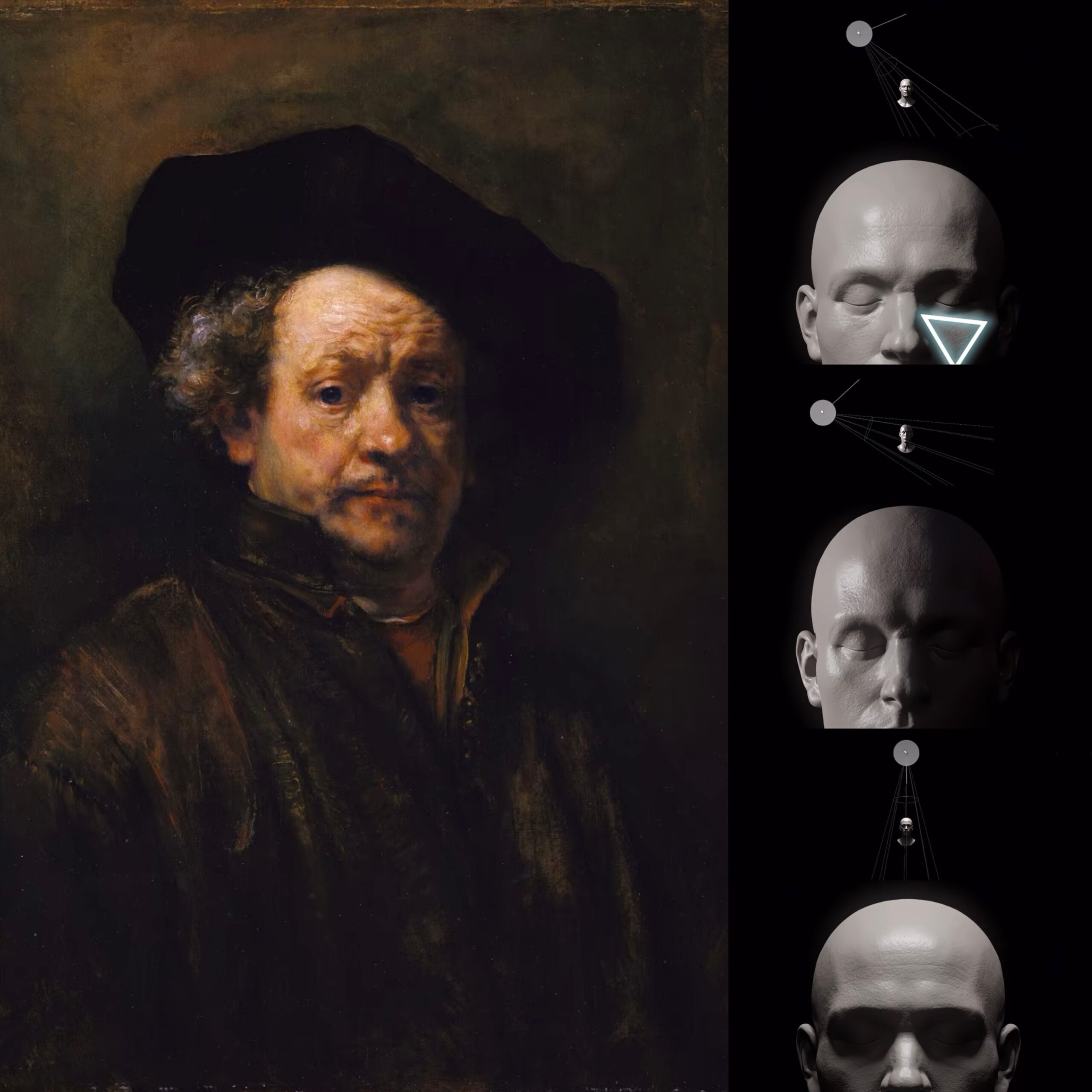
Summary
In this activity, participants will learn three classic movie lighting techniques: top light, side light, and Rembrandt lighting. They will explore how light and shadow influence emotions, storytelling, and atmosphere. Participants will also experience how Rembrandt lighting creates dramatic depth in visual compositions. By simulating film scenes with their own light sources, they will practice using these techniques to express emotion, while reflecting on lighting choices in iconic movie clips. This hands-on experience will help them understand lighting's essential role in cinematography and photography.
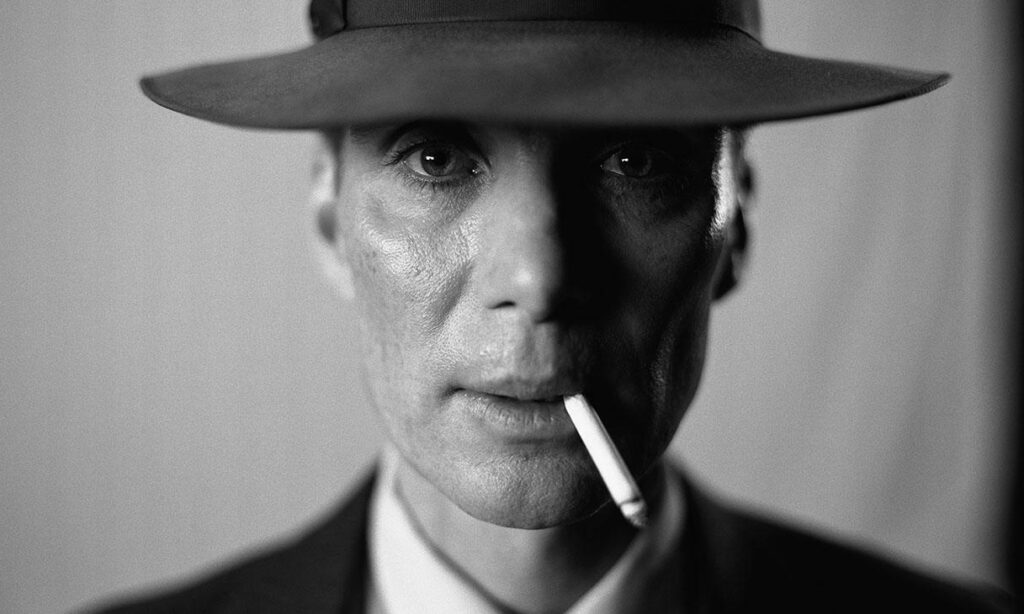
Figure 1: The lighting techniques used in the stills from the movie Oppenheimer. Image copyright Universal Studios. Available at :https://www.imdb.com/title/tt15398776/(Accessed:29 Nov 2024)
“Rembrandt lighting is a timeless technique that combines strong directional light with subtle shadows to evoke emotion and drama in photographic compositions.” (1)
What is Rembrandt lighting? How is this artistic interplay of light and shadow applied in film?
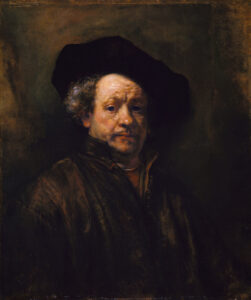
Self-portrait painting by Rembrandt-Metropolitan Museum of Art © 2012 by Yair Haklai is licensed under CC BY-SA 3.0
Rembrandt: “Do you know about ‘lighting’? I invented it.”
The name “Rembrandt lighting” comes from the 17th-century Dutch painter Rembrandt Harmenszoon van Rijn, who was one of the most outstanding artists of the Baroque period.“In his portraits and self-portraits, Rembrandt’s use of light and shadow, or chiaroscuro, is legendary…The contrast between light and dark in his works created a dramatic effect that became a hallmark of his style, later influencing photographic lighting techniques that came to be known as ‘Rembrandt lighting.'”(2) Before Rembrandt, artists typically had to depict a light source in their paintings to create effects of light and shadow.
However, Rembrandt abandoned the tradition of manually painting a light source and instead imagined an external light source, using this concept to guide his painting.
which is what we now commonly refer to as “lighting.”
In Leonardo’s Colour and Chiaroscuro, the historical significance of Rembrandt’s use of light and its influence on later generations is discussed as follows: “It is no exaggeration to say that this discovery is the essential and inevitable pre-requisite for the classic plasticity of the High-Renaissance, by which painting achieved the corporeal homogeneity and relief that would rival sculpture. It is impossible to imagine the aims of the early Cinquecento expressed without it.”(3)Rembrandt’s masterful use of light had a profound impact on later art, especially in the fields of fine art and cinematography. Through his exquisite manipulation of light and shadow, he made people realize the importance of light and shadow in conveying stories and emotions. His work laid the foundation for the classical style of the late Renaissance and inspired future artists and photographers to explore the expressive potential of light in their creations.
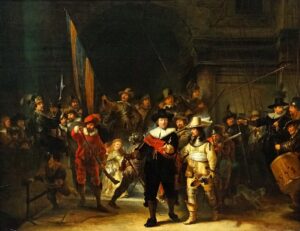
Netherlands-4167 – The Night Watch © 2013 by Dennis G. Jarvis is licensed under CC BY-SA 2.0
- Photographers and cinematographers continue to employ this technique to evoke emotion and add a layer of storytelling to their images. Its continued relevance is a testament to the enduring power of classic artistic principles in modern visual arts.
“ Rembrandt lighting is a technique that has stood the test of time and is revered for its ability to add depth and dimension to portrait photography. It is characterized by the distinctive triangle of light on the cheek, where the interplay of light and shadow plays a pivotal role in shaping the subject’s appearance…As photography evolved, Rembrandt’s lighting was adapted from the canvas to the camera, becoming a timeless method to highlight the natural beauty and complexity of the subject.”(4)Among the many lighting styles that have emerged, Rembrandt lighting remains one of the most widely used techniques in contemporary cinema.
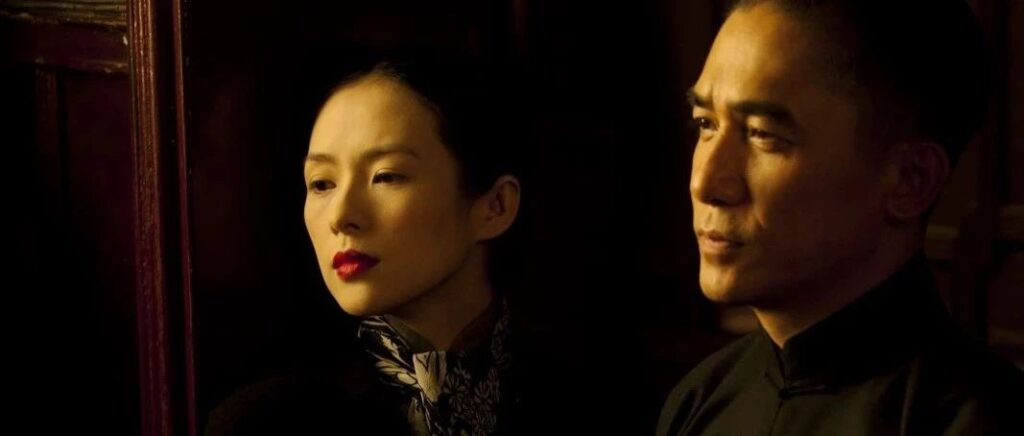
Figure 2: Rembrandt lighting used in the film The Grandmaster. Image copyright Filmcoopi Zürich. Available at:https://huaban.com/pins/1527232334(Accessed:29 Nov 2024)
Introducation:
- Rembrandt’s innovative use of light played a crucial role in inspiring many of these lighting methods in cinema. His distinctive chiaroscuro approach, which contrasts light and shadow to evoke mood and highlight the emotional depth of a scene, influenced the lighting techniques used in films.
“Lighting is much more than just making things visible.”(5)
After recognizing the importance of lighting, filmmakers gradually began to emphasize light as an audiovisual language, leading to the development of various lighting techniques, each expressing different emotions.
In this event, you will explore how light and shadow convey emotions, shape characters, and influence the atmosphere by learning three classic movie lighting techniques. I will demonstrate these techniques using film stills and lighting diagrams. After learning, you will have the chance to practice by performing a film scene and applying the lighting methods. If you love movies and value emotional expression, you’ll find this experience fascinating.
If you’re also interested in exploring the mysteries of light and shadow, then let’s begin together!
We will use light and shadow to create unique artistic emotions.
TOOLS:
What tools do you need to prepare?
All you need is to bring your phone! (I’m sure you have it with you!)
Of course, any other items you think might assist you in shooting, feel free to get creative with them.
It would be even better if you have a strong flashlight.
(If you are doing this project alone, you may also need a mirror and a light object to assist you)
Step 1: Introduction to Common Movie Lighting Techniques (6 minutes)
- Learn the first lighting technique – top light
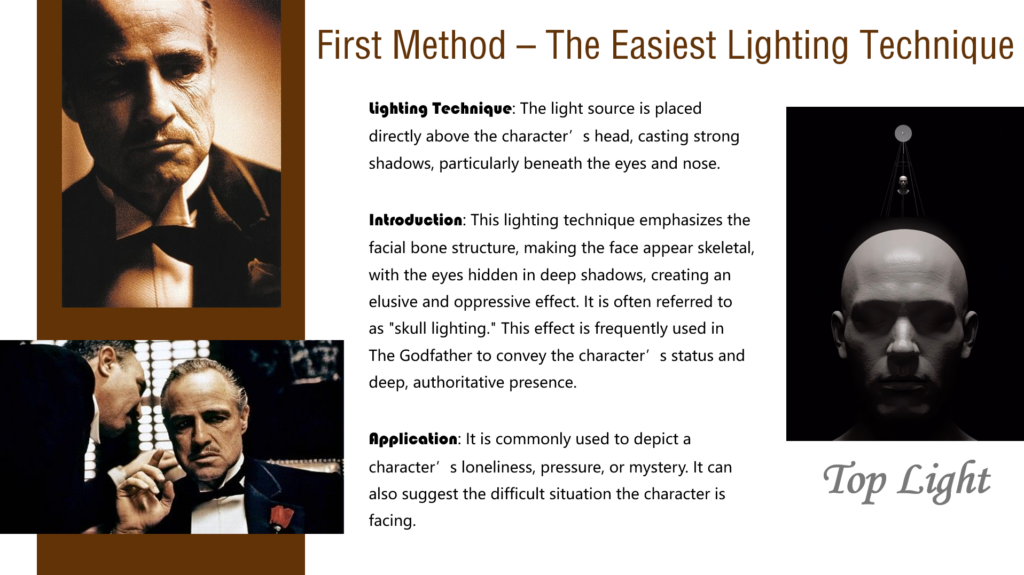
Introduction to Top Light © 2024 by Jiyun Zhang is licensed under CC BY-SA 4.0
- Learn the second lighting technique – Side Light (Yin-Yang Lighting)
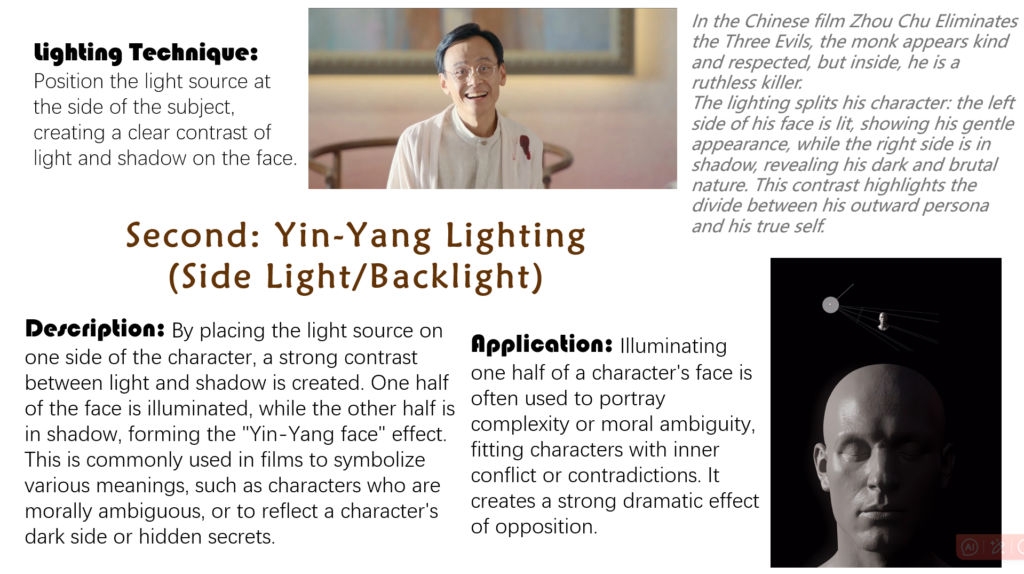
Introduction to Side Light (Yin-Yang Lighting) © 2024 by Jiyun Zhang is licensed under CC BY-SA 4.0
- Learn the third lighting technique – Rembrandt Lighting (Classic Three-Point Lighting)
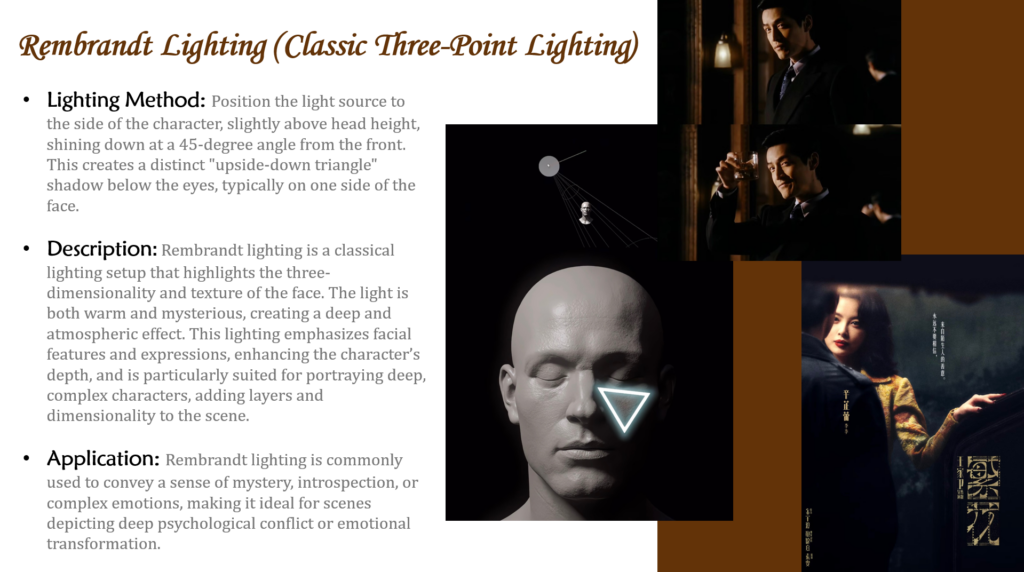
Introduction to Rembrandt Lighting © 2024 by Jiyun Zhang is licensed under CC BY-SA 4.0
Step 2:Emotional Lighting: Visual Expression in Film Clips (10 minutes)
- Select cards containing descriptions of film clips and understand the emotions conveyed by the shot. (1 minute):
Each participant draws a card from the prepared “Movie Plot Cards.” Each card contains a brief plot description and emotional prompt.
-
Plot A:
“At a lavish party, the protagonist stands quietly in a corner, scanning the crowd with a subtle smile on their lips, one that conveys both kindness and a hidden sense of danger.”
(Emotion: Disguise and Threat)
Movie reference: The Talented Mr. Ripley (1999).
-
Plot B:
“In a dimly lit interrogation room, the Joker sits at the table with an eerie smile on his face. The room is completely silent, as if the entire space is waiting for his next words.”
(Emotion: Oppression, Suspense)
Movie reference: The Dark Knight (2008).
-
Plot C:
“In a shabby tavern, the old captain sits in the corner, a glass of whiskey on the table. The slanting light on his face reveals his endless stories.”
(Emotion: Weariness, Contemplation)
Movie reference: Pirates of the Caribbean (2003).
- Simulation and Filming (8 minutes):
After understanding the film scene on their card, each participant will use any available light source, such as their mobile phone’s flashlight or a simple torch, to recreate the lighting effects that reflect the scene. They will explore how light and shadow can convey the mood of the scene and express the emotions of the characters, simulating a “blockbuster movie shot” based on their interpretation of the story. - Display and Guessing (1 minute):
Each participant will present their work, and other participants will guess which movie scene they are imitating. The host will provide four movie scenes for participants to choose from.
Step3: Movie Lighting Analysis and Viewing of Real Clips (4 minutes)
- Watch Real Movie Clips (2 minutes):
Play classic movie clips that correspond to the scenes mentioned on the earlier plot cards, showcasing the lighting techniques used in those scenes.
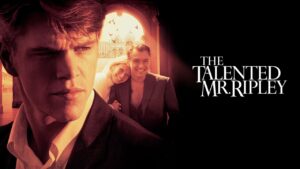
Figure 3: The Talented Mr. Ripley stills. Image copyright Miramax Films. Available at:https://www.tvinsider.com/show/the-talented-mr-ripley/(Accessed:29 Nov 2024)
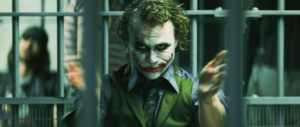
Figure 4: The Dark Knight stills. Image copyright AP Photo/Warner Bros. Pictures. Available at: https://www.myvideo.net.tw/details/0/39705 (Accessed: 29 Nov 2024).

Figure 5: Pirates of the Caribbean. Image copyright The Walt Disney Company. Available at: https://www.imdb.com/title/tt0325980/ (Accessed: 29 Nov 2024).
- Discussion and Reflection (2 minutes):
Discuss how the lighting and shadow in the clips help shape the characters’ emotions and the overall atmosphere. Participants can share their feelings and compare their own light-shadow creations with the way the lighting was handled in the real movie clips. Reflect on why the filmmakers chose to present the scene in this particular way and how the lighting choices serve to enhance the narrative.
Final Thoughts
Lighting doesn’t only affect what the audience will see, but how the filmmaker wants the audience to feel.(6)
References:
- Sánchez and J. Pierce, “Interactive Lighting Design in Photography: A Look at Rembrandt Lighting,” *Visual Arts Journal* 15, no. 2 (2014): 45-58.
- Johnson, William. “The Influence of Rembrandt’s Chiaroscuro on Modern Photography.” Journal of Art History 34, no. 2 (2015): 56-72.
- Shearman, John. *Leonardo’s Colour and Chiaroscuro*. Zeitschrift für Kunstgeschichte, vol. 25, no. 1, 1962, p. 33.
- Light Magic Studio. Master Rembrandt Lighting Guide. Accessed December 1, 2024. https://www.lightmagicstudio.com.
- Suchkova, Aleksandra. “The Art of Film Lighting as an Essential Tool for Cinematography: A Study Case of the Innovative Use of Light by Cinematographer Diana Olifirova in the TV Series Heartstopper (Lyn, 2022).” NTNU, 2023.
- Jones, Tai-lynia M. “Still, I Rise: Storytelling Through Lighting with a Focus on Color in Film and Human Emotions.” ProQuest Dissertations & Theses, 2020.
Image List:
- Figure 1: The lighting techniques used in the stills from the movie Oppenheimer. Image copyright Universal Studios. Available at :https://www.imdb.com/title/tt15398776/(Accessed:29 Nov 2024)
- Figure 2: Rembrandt lighting used in the film The Grandmaster. Image copyright Filmcoopi Zürich. Available at:https://huaban.com/pins/1527232334(Accessed:29 Nov 2024)
- Figure 3: The Talented Mr. Ripley stills. Image copyright Miramax Films. Available at:https://www.tvinsider.com/show/the-talented-mr-ripley/(Accessed:29 Nov 2024)
- Figure 4: The Dark Knight stills. Image copyright AP Photo/Warner Bros. Pictures. Available at: https://www.myvideo.net.tw/details/0/39705 (Accessed: 29 Nov 2024).
- Figure 5: Pirates of the Caribbean stills. Image copyright The Walt Disney Company. Available at: https://www.imdb.com/title/tt0325980/ (Accessed: 29 Nov 2024).
Self-portrait painting by Rembrandt-Metropolitan Museum of Art © 2012 by Yair Haklai is licensed under CC BY-SA 3.0
Netherlands-4167 – The Night Watch © 2013 by Dennis G. Jarvis is licensed under CC BY-SA 2.0
Introduction to Top Light © 2024 by Jiyun Zhang is licensed under CC BY-SA 4.0
Introduction to Side Light (Yin-Yang Lighting) © 2024 by Jiyun Zhang is licensed under CC BY-SA 4.0
Introduction to Rembrandt Lighting © 2024 by Jiyun Zhang is licensed under CC BY-SA 4.0
Exploring the influence of Rembrandt in film lighting techniques © 2024 by Jiyun Zhang is licensed under CC BY-SA 4.0


